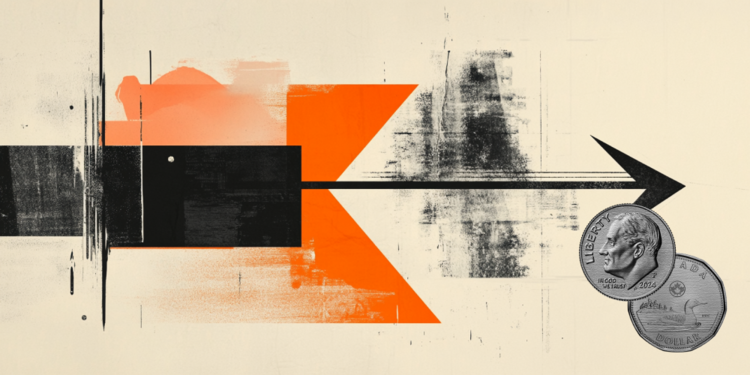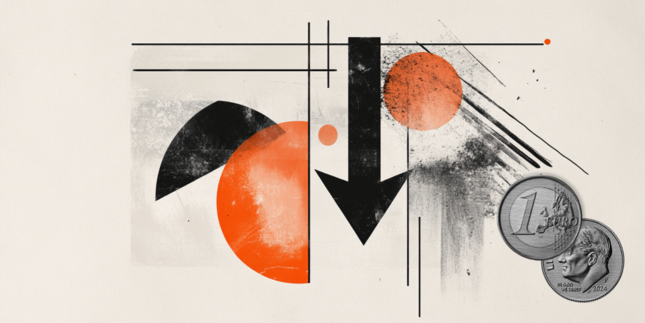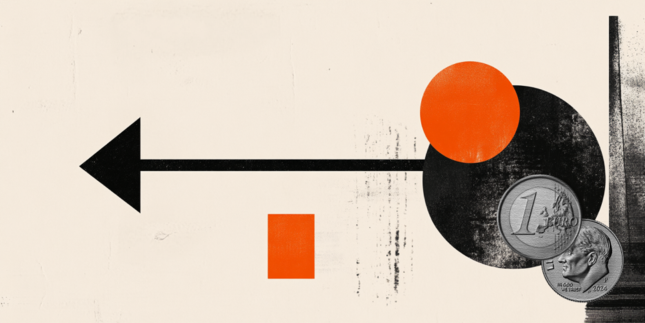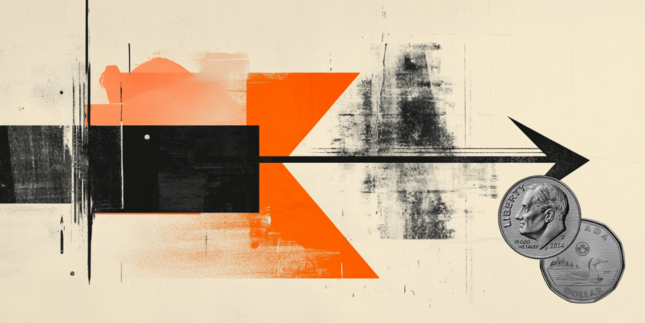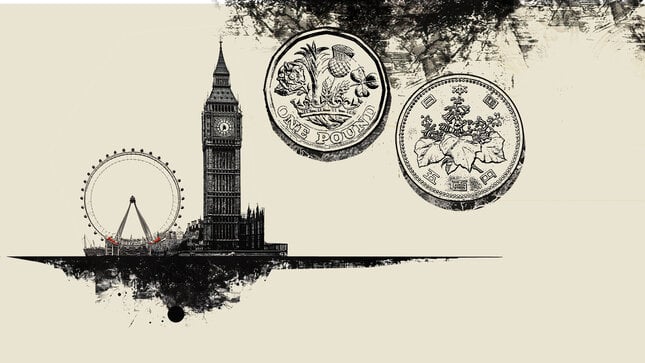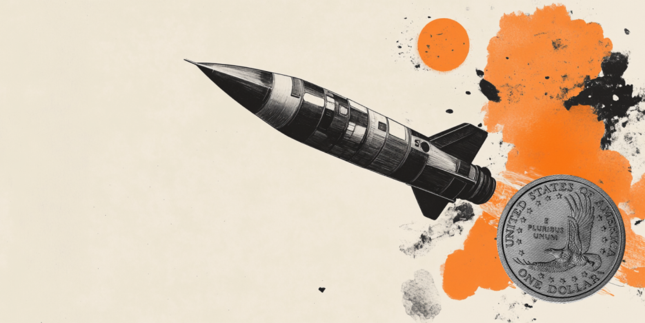USD/CAD flattens while Trump postpones tariff plans for Canada and Mexico again
- USD/CAD trades sideways around 1.4335 while the Canadian Dollar strengthens as Trump provides another month-long extension for tariffs on Canada and Mexico.
- The US Dollar steadies as Trump reiterates tariff threats on the Eurozone.
- Investors await the US PCE inflation and the Canadian GDP data, scheduled for Friday.
The USD/CAD pair trades flat around 1.4335 in European trading hours on Thursday. The Loonie pair consolidates as the impact of steadiness in the US Dollar (USD) has been offset by the upbeat Canadian Dollar (CAD).
Canadian Dollar PRICE Today
The table below shows the percentage change of Canadian Dollar (CAD) against listed major currencies today. Canadian Dollar was the strongest against the Japanese Yen.
| USD | EUR | GBP | JPY | CAD | AUD | NZD | CHF | |
|---|---|---|---|---|---|---|---|---|
| USD | 0.05% | -0.04% | 0.54% | -0.08% | -0.01% | 0.18% | 0.43% | |
| EUR | -0.05% | -0.09% | 0.50% | -0.12% | -0.05% | 0.13% | 0.38% | |
| GBP | 0.04% | 0.09% | 0.61% | -0.03% | 0.04% | 0.22% | 0.48% | |
| JPY | -0.54% | -0.50% | -0.61% | -0.62% | -0.56% | -0.40% | -0.12% | |
| CAD | 0.08% | 0.12% | 0.03% | 0.62% | 0.08% | 0.26% | 0.51% | |
| AUD | 0.01% | 0.05% | -0.04% | 0.56% | -0.08% | 0.18% | 0.45% | |
| NZD | -0.18% | -0.13% | -0.22% | 0.40% | -0.26% | -0.18% | 0.26% | |
| CHF | -0.43% | -0.38% | -0.48% | 0.12% | -0.51% | -0.45% | -0.26% |
The heat map shows percentage changes of major currencies against each other. The base currency is picked from the left column, while the quote currency is picked from the top row. For example, if you pick the Canadian Dollar from the left column and move along the horizontal line to the US Dollar, the percentage change displayed in the box will represent CAD (base)/USD (quote).
The US Dollar Index (DXY), which tracks the Greenback’s value against six major currencies, rises to near 106.70 as United States (US) President Donald Trump has reiterated fears of tariffs on the Eurozone. On Wednesday, Trump said that he will be announcing 25% tariffs on “cars and other things” from Eurozone “very soon”. Such a scenario would escalate global trade war tensions and will weigh on economic growth across the globe. President Trump’s tariff threats have improved the safe-haven demand of the US Dollar.
Market participants are also cautious ahead of the US Personal Consumption Expenditure Price Index (PCE) data for January, which will be released on Friday. The US PCE inflation data is expected to influence market expectations for the Federal Reserve’s (Fed) monetary policy outlook. According to the CME FedWatch tool, traders are confident that the Fed will keep interest rates in their current range of 4.25%-4.50% in the March and May policy meetings.
Meanwhile, the CAD outperforms its peers as Donald Trump kept tariff plans for Canada and Mexico on hold for another month and provided a new deadline of April 2. Earlier, the deadline for slapping levies by the US on its North American allies was March 4, which was postponed after they agreed to tighten border securities to restrict flow of fentanyl and undocumented immigrants into the economy.
On the economic front, investors await the Canadian Gross Domestic Product (GDP) data for the December month and the last quarter of the previous data, which will be released on Friday. The Canadian economy is expected to have grown by 0.3% and 1.9% in December and in the October-December period of 2024 on an annualized basis, respectively.
US Dollar FAQs
The US Dollar (USD) is the official currency of the United States of America, and the ‘de facto’ currency of a significant number of other countries where it is found in circulation alongside local notes. It is the most heavily traded currency in the world, accounting for over 88% of all global foreign exchange turnover, or an average of $6.6 trillion in transactions per day, according to data from 2022. Following the second world war, the USD took over from the British Pound as the world’s reserve currency. For most of its history, the US Dollar was backed by Gold, until the Bretton Woods Agreement in 1971 when the Gold Standard went away.
The most important single factor impacting on the value of the US Dollar is monetary policy, which is shaped by the Federal Reserve (Fed). The Fed has two mandates: to achieve price stability (control inflation) and foster full employment. Its primary tool to achieve these two goals is by adjusting interest rates. When prices are rising too quickly and inflation is above the Fed’s 2% target, the Fed will raise rates, which helps the USD value. When inflation falls below 2% or the Unemployment Rate is too high, the Fed may lower interest rates, which weighs on the Greenback.
In extreme situations, the Federal Reserve can also print more Dollars and enact quantitative easing (QE). QE is the process by which the Fed substantially increases the flow of credit in a stuck financial system. It is a non-standard policy measure used when credit has dried up because banks will not lend to each other (out of the fear of counterparty default). It is a last resort when simply lowering interest rates is unlikely to achieve the necessary result. It was the Fed’s weapon of choice to combat the credit crunch that occurred during the Great Financial Crisis in 2008. It involves the Fed printing more Dollars and using them to buy US government bonds predominantly from financial institutions. QE usually leads to a weaker US Dollar.
Quantitative tightening (QT) is the reverse process whereby the Federal Reserve stops buying bonds from financial institutions and does not reinvest the principal from the bonds it holds maturing in new purchases. It is usually positive for the US Dollar.
Forex News
Keep up with the financial markets, know what's happening and what is affecting the markets with our latest market updates. Analyze market movers, trends and build your trading strategies accordingly.
